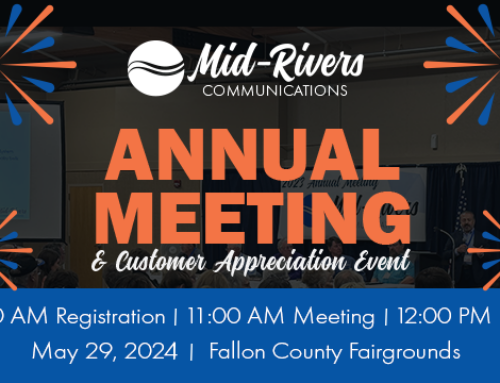Don’t become the catch of the day! Scammers are using increasingly deceptive tactics to get your personal information.
“Phishing scams” refer to emails, pop-ups, or other messages that look like they’re from a credible source but are actually just trying to trick you into giving information or downloading malware. These scams can be hard to catch, so here are a few techniques that will help you avoid taking the bait.
- Learn How to Recognize a Threat – Knowing how to recognize a phishing attempt is the single best defense you have against scammers. Take the free KnowB4 training course from Mid-Rivers to educate yourself.
- Install Security Software & Keep Systems Updated – Security software can help block phishing scams and any malware or viruses they might contain. Keeping all your software (especially your Operating System, such as Windows) updated is also an important defense.
- Always Examine the Message Closely – Phishing scams can look very real, but they usually contain small indications that they are fraudulent. Look for poor spelling and grammar, strange language, or unprofessional images to help you distinguish phishing scams from safe messages.
- Never Click on Anything in a Suspicious Message – Clicking on links or buttons in a scam message can download malware programs onto your computer, giving the scammer access to your data. If you’re unsure whether a message is from a credible source, visit the source’s official website or call them at a known, trusted phone number and ask.
- Use Multi-Factor Authentication – Set your banking, credit card, and other sensitive accounts up for multi-factor authentication. This means two or more credentials (like a PIN or security question in addition to your password) to access your data, so it’s more difficult for scammers to steal your information, even if they get your username and password.
If You Fall Victim to a Phishing Scam:
- Change your passwords for your computer, websites you frequent, and any financial institutions.
- If you are concerned that financial access information may have been stolen, contact your financial institution(s) immediately and report that you may be the victim of fraud.
- Run a full-system scan for viruses on your computer.
- Report the scam to the Federal Trade Commission at ftc.gov/complaint.






